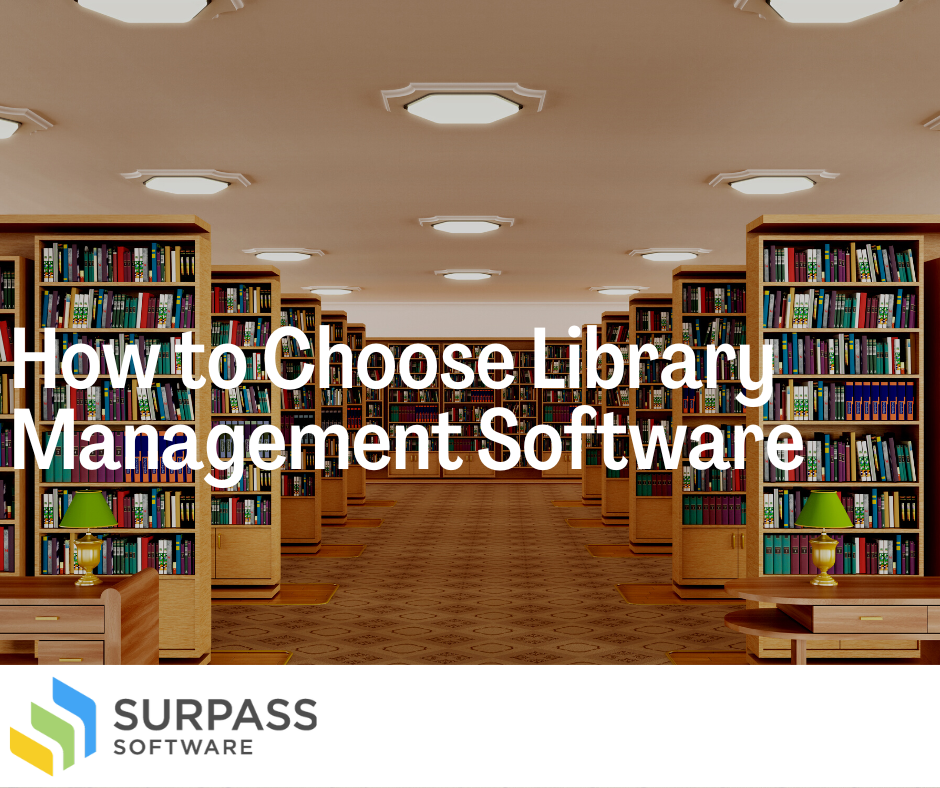Librarians have a lot of responsibilities, from sorting and cataloging books to helping people find the information they need. In order to make their jobs easier, many librarians are turning to library management software. This software can help keep track of books and other materials, patrons’ records, and fines and payments. But with so many different options available, how do you choose the right library management software for your library?
In this blog post, we’ll discuss some of the things you should consider when choosing library management software and give you a few tips on how to find the right software for your needs. Let’s get started!
Understanding Your Library Management Software Needs
Library management systems should make your work easier, not complicate it. So it’s important to understand what you want to achieve before choosing an LMS (library management software).
In identifying your needs, you have to identify relevant industry standards. Find out whether your community or local government expects you to meet any specific standards before your library gets accredited or funded. If yes, then you want to make sure that any LMS under consideration has full support for those standards.
Considering the end-users of the software is an important aspect of understanding your needs. Will the software be used by only trained individuals, or do you have plans to hire volunteers to help handle the software? Either way, you must ensure that the software is user-friendly and can be easily navigated by everyone.
Think into the future and make sure that whatever LMS you choose fully supports any plans that your senior leadership team has for the next 5 years. Consult with them early on in the process.
As with any purchasing decision, make sure you understand the budget and software costs early on. How much will you have to pay upfront, how much will you have to pay in support fees and other ongoing costs? Many times cost is the ultimate deciding factor.
Setting Clear Goals
Choosing the right goals for your LMS implementation project, and the purchasing process, is a critical factor in your long-term success.
Setting goals for your software purchase and implementation doesn’t necessarily have to do with the features of the software. Rather, they are about what you want your system to help you achieve.
While setting goals, you should aim for goals that management agrees on. Goals that will help you grow from where you were before to reach new heights. Examples are goals like increasing online engagement, increasing patron service on-site, increasing systems accessibility, etc. Don’t be afraid to be specific with your goals, such as assigning percentage increases.
Research What is Available
There are many different types of LMS software available. Once you decide between the high-level types of LMS software (cloud-based, on-premises, etc.) then you will want to make lists of all the software providers.
Get to know the different features and benefits of each. See how those features compare with your requirements.
See if there are demos available for each of the different LMS vendors. While doing thorough demonstrations you might find that there are certain features you hadn’t considered before that are very important to you.
You can also get word-of-mouth recommendations by asking other librarians or your counterparts in your industry what types of LMS software they use. What do they like about it? What do they wish was better? How is the technical support? Understanding what real-world users think of a particular LMS provider is some of the best information you will get in the buying process.
Evaluate Your Options
Once you’ve narrowed down your LMS vendor options, you’ll want to dig in deeper. Find out exactly what the day-to-day operations would be for each LMS. Make sure you understand how things are supposed to work, get information on best practices, and more.
You might also want to talk to the LMS vendor to find out what their software roadmap looks like. Your library organization has its 5 year plan in place, but does that align with where the LMS vendor is going?
If, after evaluating your software options, you are satisfied with a particular vendor, then it is time to make your decision.
Make Your Decision
This is the final stage of your LMS choosing process. At this point, you’ve listed your needs, set your goals, drafted your budget, done your research, and evaluated your options. After this process, you likely already know which vendor is the best fit for your specific needs. However, you don’t want to make the decision alone. You should select other people within your organization who will also help you examine the software before you decide. If others have checked it out and come up with the same solution, then you should feel good about your choice.
About Surpass
Surpass Cloud is the easy-to-use, cloud-based library management system for libraries of all types and sizes. Whether you’re a school, church, museum, business, or any other organization with resources to lend, Surpass is likely a good fit for you. We pride ourselves on being affordable and flexible, with an expert support team ready to help you at a moment’s notice.
Schedule a free demo to see Surpass in action




